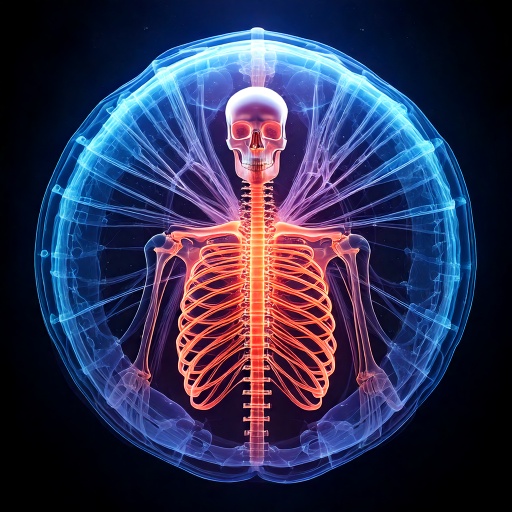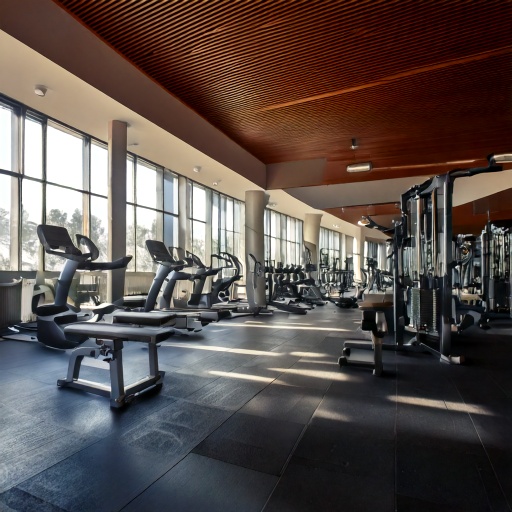Regular movement is essential for maintaining physical health, boosting mood, and enhancing overall well-being. With busy schedules and sedentary work environments, finding ways to incorporate physical activity into daily routines is crucial. Encouraging active breaks, stretching, and engaging in different forms of exercise can help improve focus, productivity, and long-term health outcomes.

The Benefits of Physical Activity
Engaging in regular movement offers numerous benefits for both the body and mind. Research indicates that physical activity can reduce stress, improve cardiovascular health, and enhance cognitive function (CDC, 2023). Some key benefits include:

- Increased Energy Levels – Movement boosts circulation and oxygen flow, reducing fatigue.
- Improved Mood – Exercise releases endorphins, helping to decrease stress and anxiety.
- Reduced Risk of Chronic Illness – Regular activity lowers the likelihood of heart disease, diabetes, and obesity (WHO, 2023).
- Enhanced Focus and Productivity – Short movement breaks can lead to better concentration and problem-solving skills.
Encouraging Active Breaks at Work
Prolonged sitting has been linked to numerous health risks, including musculoskeletal pain and reduced metabolic function. Incorporating movement into the workday can help mitigate these risks. Consider these simple ways to stay active:

- Set a Movement Reminder – Use a timer or app to prompt short breaks every 30–60 minutes.
- Walk and Talk – Take phone calls or virtual meetings while walking to increase daily steps.
- Standing Desk Options – Alternate between sitting and standing to encourage better posture.
- Take the Stairs – Opting for stairs over elevators adds extra movement throughout the day.
Stretching for Workplace Wellness
Stretching helps reduce tension, improve flexibility, and prevent stiffness from prolonged sitting. A few workplace-friendly stretches include:

- Neck Rolls – Slowly roll your head from side to side to ease tension.
- Seated Spinal Twist – While seated, turn your torso to one side and hold for a deep stretch.
- Shoulder Shrugs – Lift and release shoulders to alleviate upper body stress.
- Leg Extensions – Extend legs while seated to promote circulation and reduce stiffness.
Exploring Different Exercise Routines
Finding an exercise routine that fits personal preferences and lifestyles makes staying active enjoyable. Options include:

- Cardio Workouts – Activities like walking, jogging, cycling, or swimming improve heart health.
- Strength Training – Resistance exercises using weights or body weight enhance muscle tone and endurance.
- Yoga & Pilates – These practices focus on flexibility, balance, and core strength.
- Group Fitness & Sports – Engaging in team sports or group fitness classes provides motivation and social interaction.
Wellness Benefits Related to Physical Activity

Kalamazoo College offers a variety of fitness & wellness programs available to all faculty, staff, and retirees. Our offerings include group exercise classes, specialty events, wellness workshops, challenges, and more!
If you’re interested in taking advantage of our fitness and wellness programs but are facing scheduling conflicts, please consider our flexible scheduling policy. This may help remove barriers and support you in achieving your fitness and wellness goals.
Conclusion

Incorporating movement into daily life doesn’t require drastic changes—it’s about making small, sustainable choices to stay active. Whether through stretching at work, taking active breaks, or engaging in regular exercise routines, prioritizing movement leads to improved health, energy, and overall well-being.
References
- Centers for Disease Control and Prevention (CDC). (2023). Physical activity and health benefits. https://www.cdc.gov/physicalactivity/basics/pa-health/index.htm
- World Health Organization (WHO). (2023). Physical activity fact sheet. https://www.who.int/news-room/fact-sheets/detail/physical-activity
